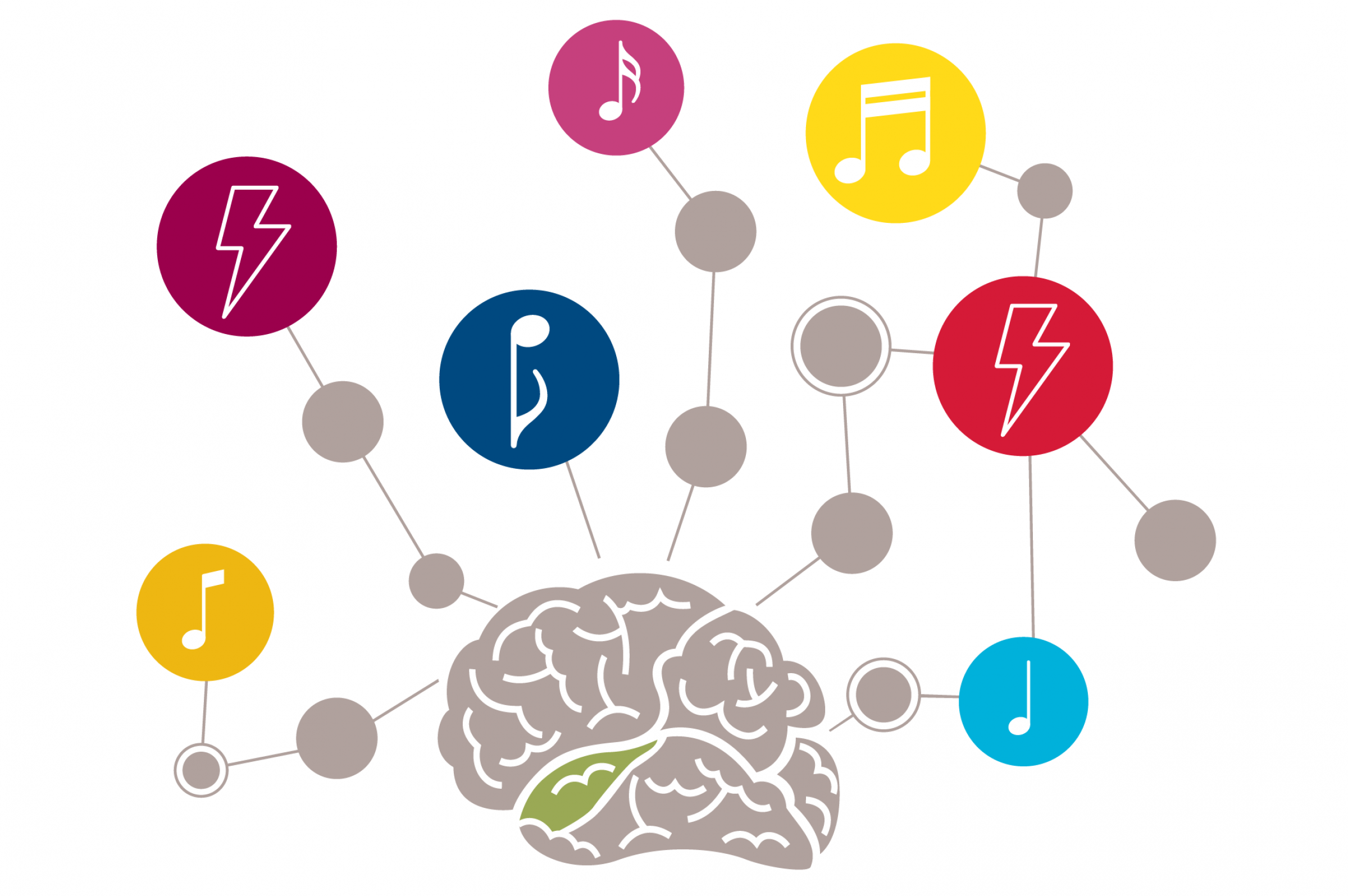March 7, 2022
How does the brain link sensory impressions?
A new study shows flexible processing of sensory stimuli in the cerebral cortex
The brain's ability to store and generalize information is incredibly complex and diverse. But what happens at the level of neuronal networks in the process? In a new study, scientists at Johannes Gutenberg University-Mainz (JGU) and the Frankfurt Institute for Advanced Studies (FIAS) have found that activity patterns in the brain, especially the auditory cortex, are not as stable as previously thought. This instability is crucial for the linking of sensory impressions.
For a long time, scientists assumed that sensory stimuli in the brain are represented as activity patterns of specific groups of neurons. However, we still know rather little about their long-term dynamics. Jens-Bastian Eppler (FIAS) and Dr. Dominik Aschauer (JGU) now studied activity patterns triggered by sounds in the cerebral cortex of mice over several days. They were able to show that the activity patterns continuously reassemble even under stable conditions.
This observation is quite surprising since one would expect that the same sound would eventually excite the same neurons, just as we perceive the same melody when we hear the same sequence of notes. This simple principle does not seem to apply to the brain. Intrinsic flexibility in the processing of sensory input results in the recruitment of different neurons for the execution again and again for several days.
In the second part of the study, the researchers investigated how these continuous dynamics are influenced by learning processes and how new associations can develop between different sounds perceived. For this purpose, classical conditioning was additionally performed. The mice learned to associate a sound with a mild electrical shock. This experimental setup provides the scientists with a reliable measure of the animals' emotional memory. The result is a bias in the natural dynamics. The number of stimuli that activated the same subset of neurons - and were thus ultimately linked - increased significantly. The animals now also responded to sounds similar to the one they were conditioned to, measurable as a reaction in both brain and behavior.
"Learning-induced plasticity - the adaptability of neurons - leads to a link between the conditioned stimulus and the non-conditioned stimuli. Our results now show that this is embedded in the ongoing dynamics of the brain and does not act on an otherwise static substrate, as has long been assumed" explains Prof. Dr. Matthias Kaschube. His PhD student Jens-Bastian Eppler adds:
"We can also observe this strong generalization of different stimuli, for example, in patients with post-traumatic disorders, where similar sounds to the traumatizing sound can also cause a panic attack. On the contrary, patients with autism spectrum disorder often have problems making such generalized associations and are thus overwhelmed when situations don't go their usual way."
Further Information:
Publication:
Dominik F. Aschauer, Jens-Bastian Eppler, Luke Ewig, Anna R. Chambers, Christoph Pokorny, Matthias Kaschube, Simon Rumpel,
Learning-induced biases in the ongoing dynamics of sensory representations predict stimulus generalization,
Cell Reports, Volume 38, Issue 6, 2022, 110340,
https://doi.org/10.1016/j.celrep.2022.110340
The research work is funded by the German Research Foundation (DFG).
Animal experiments:
In the context of this study, experiments with mice were performed at the University of Mainz and the Institute of Molecular Pathology, Vienna. All animal experiments were performed in accordance with the Austrian laboratory animal law guidelines for animal research and had been approved by the Viennese Magistratsabteilung 58 and the Landesuntersuchungsamt Rheinland Pfalz.
Further information on animal experiments at JGU:
